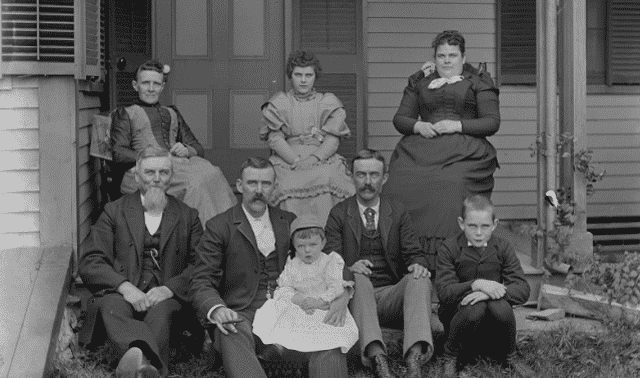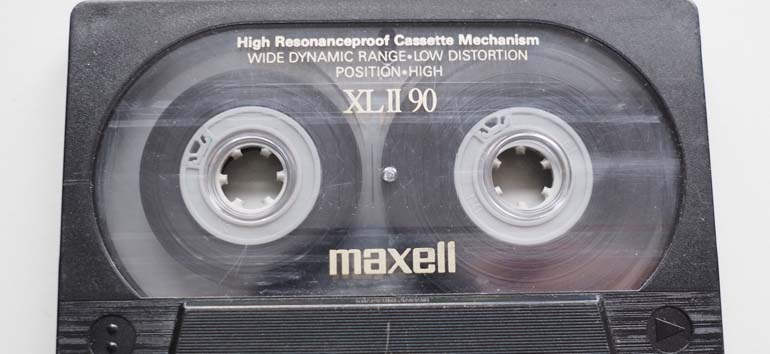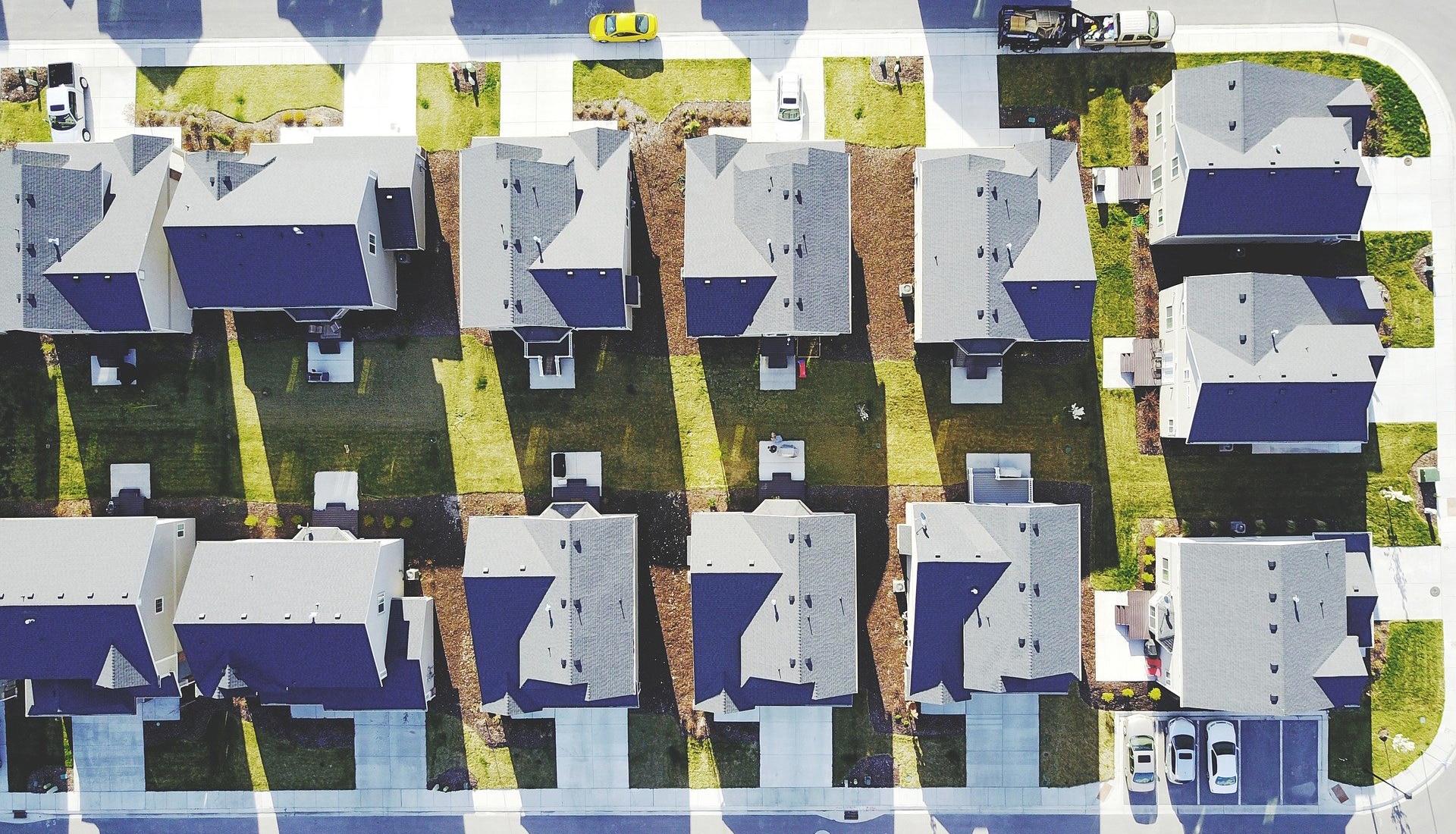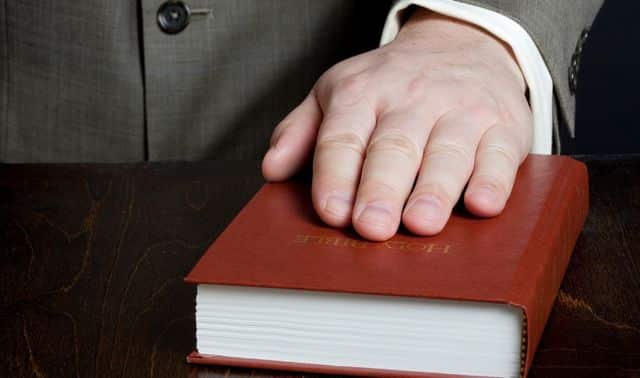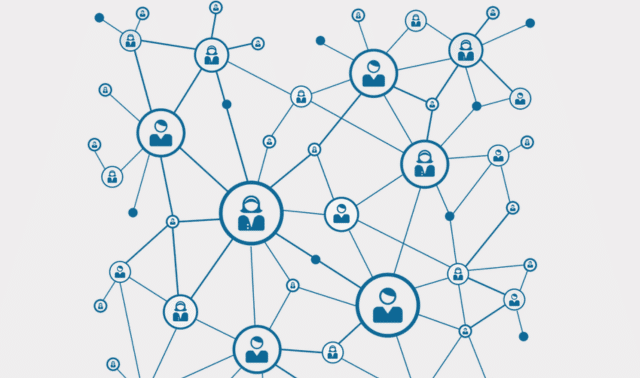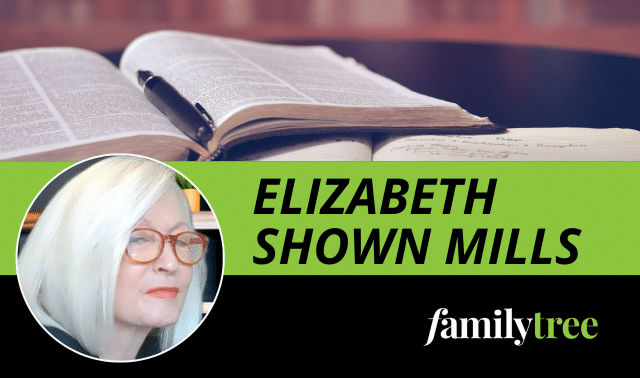Sign up for the Family Tree Newsletter! Plus, you’ll receive our 10 Essential Genealogy Research Forms PDF as a special thank you.
Get Your Free Genealogy Forms
"*" indicates required fields

Think of all the friends, neighbors and coworkers you see every day. How many of them will show up on your family tree one day? Probably just a few, if any. But you’re part of a wider community that shapes who you are and the decisions you make just as much as (and sometimes more than) your blood relatives.
This was even truer for your ancestors, who often lived, worked and immigrated in groups. Taking the extra time to study the individuals who were part of your ancestor’s social network can lead you to surprising clues about your ancestors themselves. More importantly, having this wider view of your ancestor’s relationships will enrich your research and breathe life into your ancestor’s community.
It takes a village to raise a child—and, sometimes, to find an ancestor. Read on for our guide to using cluster and collateral research to study your ancestor’s friends, family and community.
What is Cluster and Collateral Research?
First, let’s get a couple of definitions out of the way:
- Cluster research examines the “clusters” of individuals who lived in your ancestor’s community. This strategy places special emphasis on the friends, peers, neighbors, coworkers and other community members who were part of your ancestor’s everyday life.
- Collateral research investigates your non-direct-line ancestors. Though you may not share much DNA with your great-great-grand-uncle, records of him can lead you to records of your ancestor.
Of course, you’ll find overlap between the subjects of these research strategies. Your ancestor’s siblings, cousins, aunts and uncles likely lived, worked and emigrated near your ancestor. They were your ancestor’s “collateral” relatives, but also members of his cluster.
Why Should You Search Clusters and Collateral Relatives?
By studying collateral kin and the “clusters” your ancestor belonged to, you’ll learn a lot about your ancestor himself. Or, at least, you’ll get closer to the documents you’re looking for.
For example, if you can’t determine the names of your ancestor’s parents, study records of his siblings. Look in census listings to find names of your ancestor’s siblings, then search for the sibling’s death certificate. Assuming your ancestor and his sibling had the same two parents, the parents listed on such a document will also be relevant to your research. Now, you can find the parents’ marriage certificate—which could lead you to your ancestor’s baptismal record that confirms his parents’ names.
Cluster and collateral research are most useful when you’ve hit a brick wall or are otherwise facing tricky genealogical challenges, such as:
- Missing links to a previous generation or a direct ancestor’s family
- Unknown biographical details
- Difficult-to-trace ancestors, especially immigrants who recently arrived to the United States, women and adoptees
- Individuals who have the same name
- Ancestors born before 1850 for whom few records exist
- Questions about identity, kinship or events (such as immigration, births or deaths)
These strategies can help you in other ways, as well. By looking at the broader scope of your ancestor’s life, you might be able to identify useful trends or add new meaning to your research. For example, perhaps folks alive in your family today were named after an ancestor’s inspiring friend, neighbor or extended family member. Or maybe your family was once part of a vibrant heritage society, and learning about it and its members will show how your family’s rituals, traditions or foods came to be.
Studying collateral kin, in particular, can turn up important information. Perhaps certain physical or mental health issues have appeared across generations of your family. Or maybe you discover that an extended family member worked in a similar profession, or endured financial or social hardships similar to those you’ve faced. By studying more individuals, you can make more of these connections to your family’s past.
Where Should You Search?
Certain records mention multiple people and, thus, are more likely to include other members of your ancestor’s community. These strong sources for cluster and collateral research include:
- Censuses, which are organized geographically and group families and neighborhoods together
- City directories, which act like a snapshot of a community in time and will include local businessowners and tradespeople, plus your ancestor’s business partners
- Vital records, which include witnesses, informants and sponsors (all likely to be your ancestor’s relatives or close friends)
- Newspapers, particularly obituaries, birth/death/marriage/anniversary notices and social/gossip columns
- Wills and probate records, which name heirs and next-of-kin as well as other surviving family members
- Land transfers, which may mention heirs or previous owners
- Military records, especially pension records (which mention next-of-kin) and applications for bounty land (which may include testimonials from those close to a servicemember)
Make sure that, as you review these records, you look at images of original documents whenever possible. In sources like census returns, you’ll want to see your ancestor’s listing in wider context. Who were the entries immediately before and immediately after your ancestor’s family? Who lived in the house across the street? A database’s keyword index won’t include this contextual information—you’ll have to look at an image of the census return.
If your ancestor immigrated to this country, be sure to look at passenger lists as well. Whole communities often came to the New World together, so your ancestor may have traveled on a boat from the old country with his neighbors.
Eight Steps for Better Research
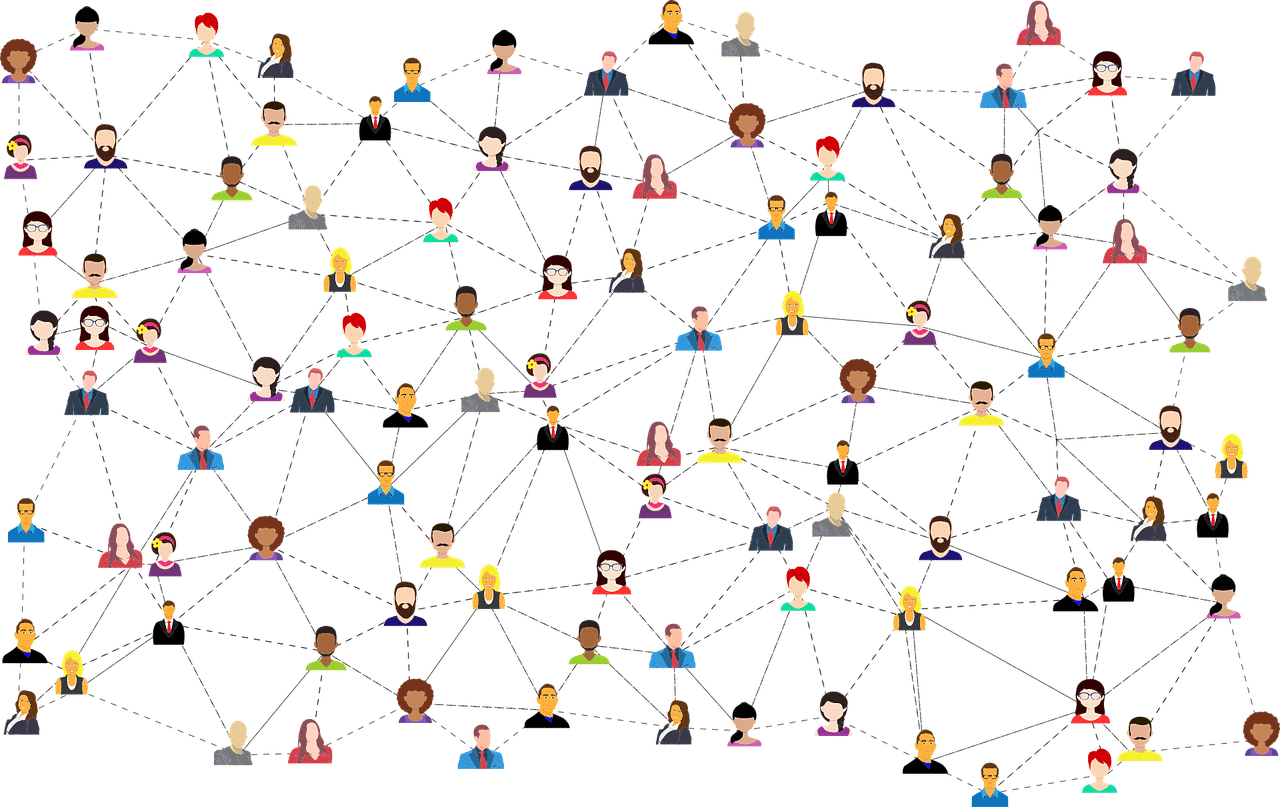
Now that you know why and where you should research clusters and collateral relatives, we can talk about how you should go about doing it. Follow these eight basic steps to discover the members of your ancestor’s community.
1. Gather information
What do you already know about your ancestor? Do any of his records that you already have mention his siblings, aunts, uncles, friends, etc.? Take a broad overview of the records you already have for your ancestor. See if any people continually crop up as:
- Witnesses on deeds and other documents
- Neighbors
- Heirs in wills or other estate documents
- Business partners or coworkers
Also examine the people buried next to your ancestor, and determine what (if any) groups your ancestor was a member of: churches, professional organizations, fraternal orders and so on.
2. Get organized
Use forms to keep all your data in one place. Family group sheets, which document pairs of parents and their children, could be helpful.
3. Identify gaps
Now that you’ve laid out all of your information, what are you missing? Are there relationships you still haven’t been able to determine? Are there specific individuals in your ancestor’s family or community who you’d like to know more about?
4. Create research questions
Turn these gaps into queries that you can examine with research. Format them as questions, and make them specific—for example, “Was John Smith the brother of Adam Smith?” rather than “Who was John Smith?”
5. Research
Seek out records collections and sources most likely to solve your specific research question. Take notes on your sources as you go: what you found (and didn’t find) there, how complete the source was, whether or not the text was legible, and so on.
6. Analyze your findings
Look at the data you’ve turned up. Hopefully, multiple sources will have provided answers to your research question.
Evaluate the trustworthiness of these sources. Was the record created with firsthand knowledge of the event, or did the information come secondhand? Are you looking at an original record, or another version of the data such as a transcription, translation or index? Original records created close in time to an event are generally more reliable than copies of records or records created long after an event occurred.
This is especially important if you find sources that include conflicting information. Consider which sources are more likely to be correct.
7. Draw conclusions
Having evaluated your evidence, determine an answer to your research question. Include it in your family tree software, online family tree or wherever else you’re storing your data. Make sure to cite your sources, and make a note if you still feel the conclusion is questionable.
8. Start over
Go back to step 1, and consider another ancestor, cluster or collateral relative. A genealogist’s work is never done!
Related Reads
A version of this article appeared in the December 2019 issue of Family Tree Magazine. Last updated: July 2025

